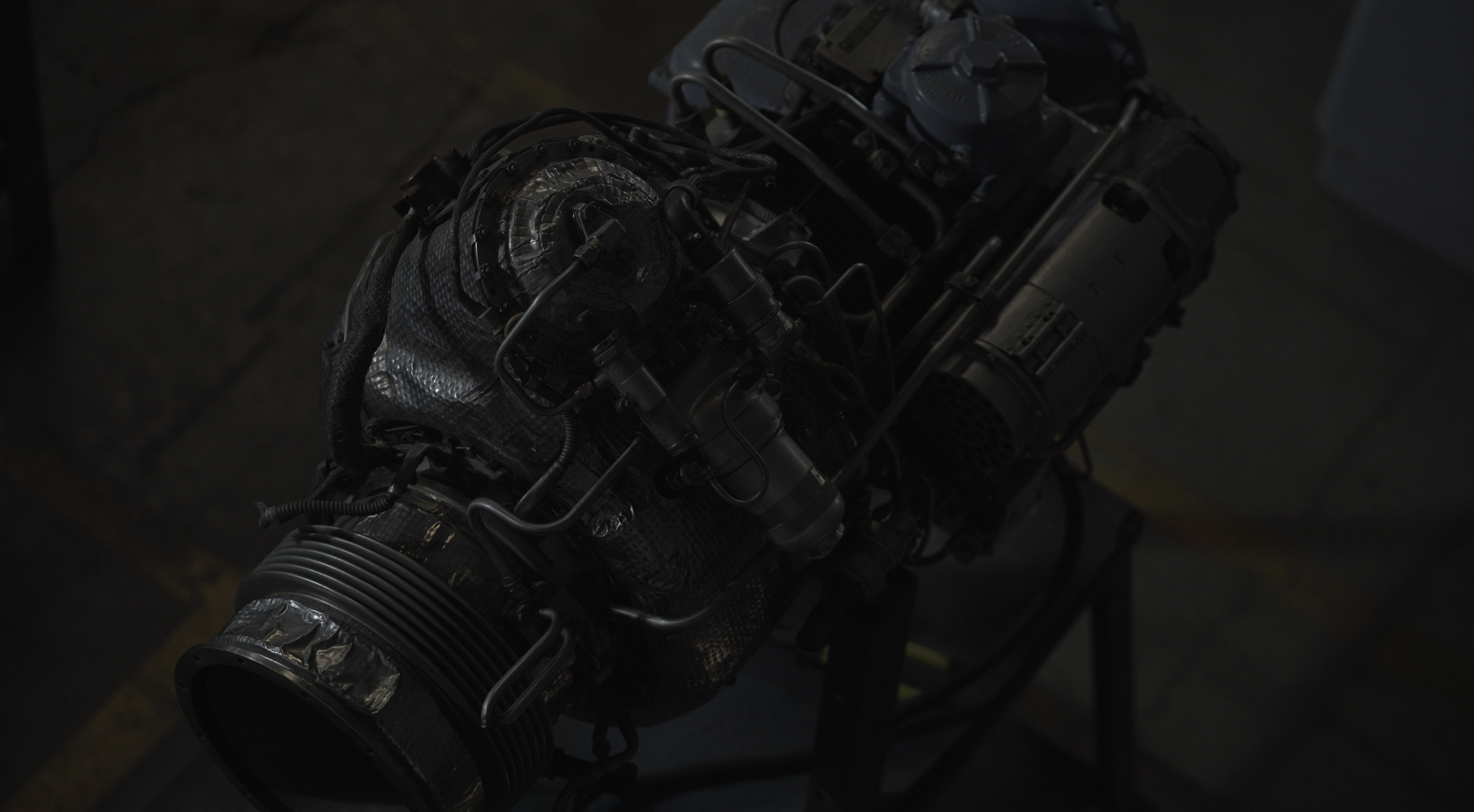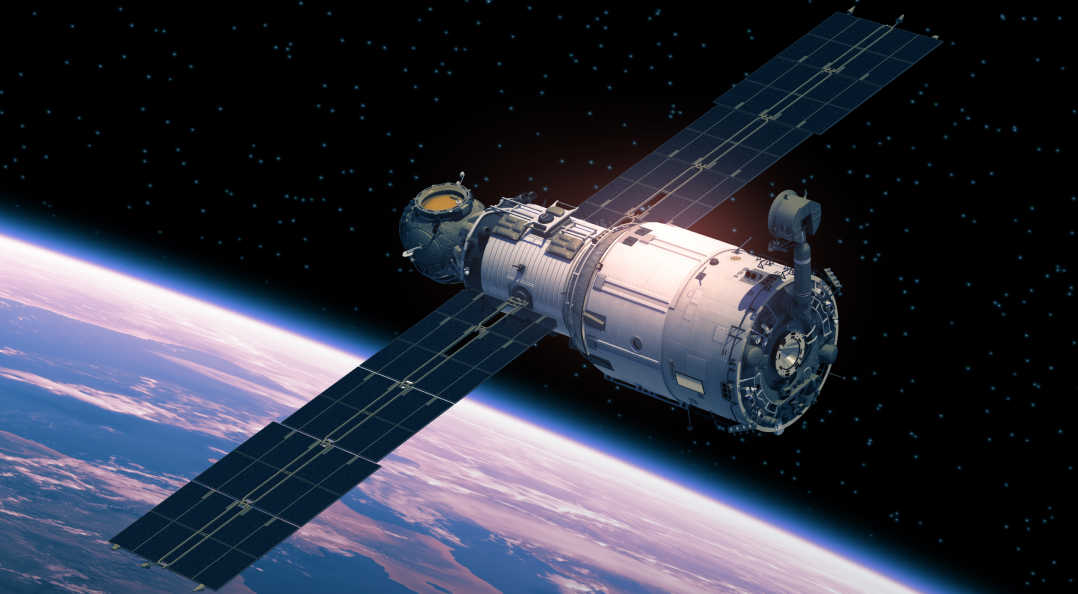Strategic Deployment of Digitized Turbine Gas Temperature (TGT) Amplifiers in Rolls-Royce Adour Engines for Enhanced Operational Capability

A Solution for the Indian Air Force’s Jaguar SEPECAT Deep Penetration Fighter Bomber
Strategic Significance of Jaguar SEPECAT:
As a strategic deep penetration fighter bomber in India’s defense architecture, the Jaguar SEPECAT’s operational effectiveness hinges on robust engine control systems that can withstand demanding mission profiles and environmental stressors while ensuring crew safety and mission success rates.
The Rolls-Royce Adour engines powering the Indian Air Force’s Jaguar SEPECAT deep penetration fighter bomber have transitioned from legacy analog Turbine Gas Temperature (TGT) amplifiers to state-of-the-art digitized counterparts. This change, facilitated by Pinaka-ZETWERK, represents a form, function, and fit adherence to rectify recurrent engine failures and augment overall operational longevity.
Here, we look at our methodology, the challenges encountered, the strategic significance of the Jaguar SEPECAT, and the advancements achieved through testing and validation protocols, including rigorous on-ground testing across varied environmental conditions.
Pinaka-ZETWERK’s Precision:
Requirement Elicitation and Analysis: We began with an exhaustive analysis of the Jaguar SEPECAT’s operational imperatives, defining the Rolls Royce Adour engine’s operational thresholds, fault tolerance parameters, and real-time analytics requisites.
Component Selection and Integration: A critical phase involved the selection and integration of appropriate digital temperature sensors, advanced signal conditioning modules, precision Analog-to-Digital Converters (ADCs), and microcontrollers and Field-Programmable Gate Arrays (FPGAs) for real-time data processing and control.
Simulation-Based Validation: We conducted exhaustive simulation tests, replicating operational scenarios ranging from extreme weather conditions, and high-altitude flights, to dynamic flight profiles, to ensure the digitized TGT amplifiers’ resilience and accuracy under diverse operational exigencies.
On-Ground Testing in Varied Environmental Conditions: Real-world on-ground testing was executed simulating geographically disparate locations, including hot desert terrains, humid coastal regions, high-altitude mountainous locales, and sub-zero temperatures, to assess system robustness, stability, and performance consistency under fluctuating environmental factors.
Iterative Calibration and Optimization: Based on inputs from the simulator runs and lab testing, the digital TGT Amplifier system underwent iterative calibration and optimization cycles, aligning with Rolls-Royce Adour engine specifications, and conforming to stringent military aviation regulatory frameworks.
In-Depth Technical Challenges Faced:
Resolution Augmentation: Legacy analog TGT amplifiers, utilizing resistance temperature detectors (RTDs) or thermocouples, suffered from limited resolution, impeding precise temperature monitoring essential for optimizing engine performance parameters such as fuel efficiency and thrust.
Signal Integrity and Noise Mitigation: Analog systems are susceptible to electrical noise and signal distortion, necessitating sophisticated signal conditioning circuits comprising low-pass filters, noise reduction algorithms, and ADCs with high bit resolutions to ensure accurate digital data conversion devoid of noise artifacts.
Maintenance Streamlining: Analog TGT amplifiers demanded precise and frequent calibration routines due to component drift and aging issues, resulting in prolonged downtimes and increased logistical complexities. The Digital TGT Amplifier overcomes this issue, thereby providing higher availability of the engines.
Diagnostic Granularity: Identifying and isolating faults within analog amplifiers, including RTD aging, thermocouple drift, or circuit board degradation, entailed manual intervention and time-intensive troubleshooting procedures, impeding operational readiness.
Technical Advancements Achieved:
High-Fidelity Sensor Integration: Integrating advanced digital temperature sensors, leveraging digital RTDs or thermocouples, offered unparalleled resolution, accuracy, and stability in capturing turbine gas temperature dynamics under varying operational conditions.
Signal Processing Excellence: Advanced signal conditioning circuits, incorporating sophisticated noise reduction techniques, with precision ADCs, ensured artifact-free digital data streams, enabling precise temperature monitoring and fault diagnostics.
Real-Time Analytics and Control: The digitized TGT amplifier system, empowered by microcontrollers or FPGAs, facilitated real-time analytics, predictive maintenance algorithms, and adaptive control methodologies, optimizing engine performance and reliability during critical mission phases.
Predictive Maintenance Framework: The system is enabled with self-test algorithms for early anomaly detection, root cause analysis, and automated maintenance scheduling, reducing downtimes, and enhancing mission readiness indices.
Regulatory Compliance and Certification: The digitized system underwent rigorous validation and compliance assessments, meeting stringent military aviation regulatory standards, and ensuring airworthiness, safety, and operational efficiency.
Technical Impact:
Substantial Engine Failure Reduction: Post-digitization, a noteworthy decrease in engine failure incidents, attributed to enhanced fault diagnostics and preemptive maintenance routines, resulted in heightened mission success rates and predictable aircraft availability.
Downtime Mitigation: Predictive maintenance capabilities and remote monitoring tools delivered reduced engine maintenance downtimes, optimizing aircraft operational schedules and mission turnaround times.
Cost Optimization: Operational efficiencies, including reduced maintenance intervals, optimized fuel consumption through precise temperature monitoring, and decreased unscheduled maintenance costs, culminated in substantial cost savings for the Indian Air Force.
Enhanced Mission Readiness Metrics: The Jaguar SEPECAT’s mission readiness indices witnessed a significant uplift post-digitization, bolstering overall operational effectiveness and response capabilities during mission-critical phases.
Pinaka-ZETWERK has helped to extend the operability of this aircraft till it is replaced by the under-development AMCA in the future by integrating cutting-edge components, rigorous testing, and optimizing system performance. This approach ensures enhanced mission success rates, reduced downtime, and optimized operational efficiency for the Indian Air Force’s Jaguar SEPECAT deep penetration fighter bomber.








